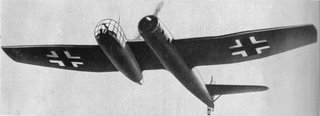

I am interested in the wooden dummy for this blog but this is a general issue of Wing Chun that goes beyond the dummy. It's the disputes within Wing Chun over how one way is 'the' way and everything else is modified.
I had a good replay to a question on the AWCAOnline blog that you should be looking at - if your not already. I asked Phil Bradley its proprietor why footwork is an issue in dividing Wing Chun schools.
see here :
http://awcaonline.com/blog/?p=69#comments
His reply reminded me of the issue of relativism in the philosophy of Science and Thomas Kuhn's issue of Paradigms. This was derived from astronomy, but the point here is how different interpretations can be seen to be true, relative to the 'framework' they are applied with.
Phil made the point that different moves 'work' within different frameworks of footwork, [paradigms if you like]. The moves are 'true' relative to the way they are trained in the specific location / school that spawned them. Outside of this they may not be 'true', given a different 'paradigm'. IE a different school cannot utilizes their moves as their foundation is different and not optimized for those moves.
An issue here is they are same Wing Chun family but a slight difference in a variable yields new consequences. The impact this has on the 'scientific' street fighting is a cultural one - politics occurs around the 'truth'.
I am including 2 pictures here of 2 airplanes. They belong the same family of planes but they differ structurally but were capable of performing a 'fighting' function:
Here is a conventional design.
Spitfire:


This is the Blohm and Voss 141. It was a viable plane design:

So what's the point. They both 'work' but are different too. (Check the link on youtube if you dont believe the above plane flew: http://www.youtube.com/watch?v=9JAH6CiOu0w) .
Which is the 'true' plane ? Which disobeys the laws of flight ?